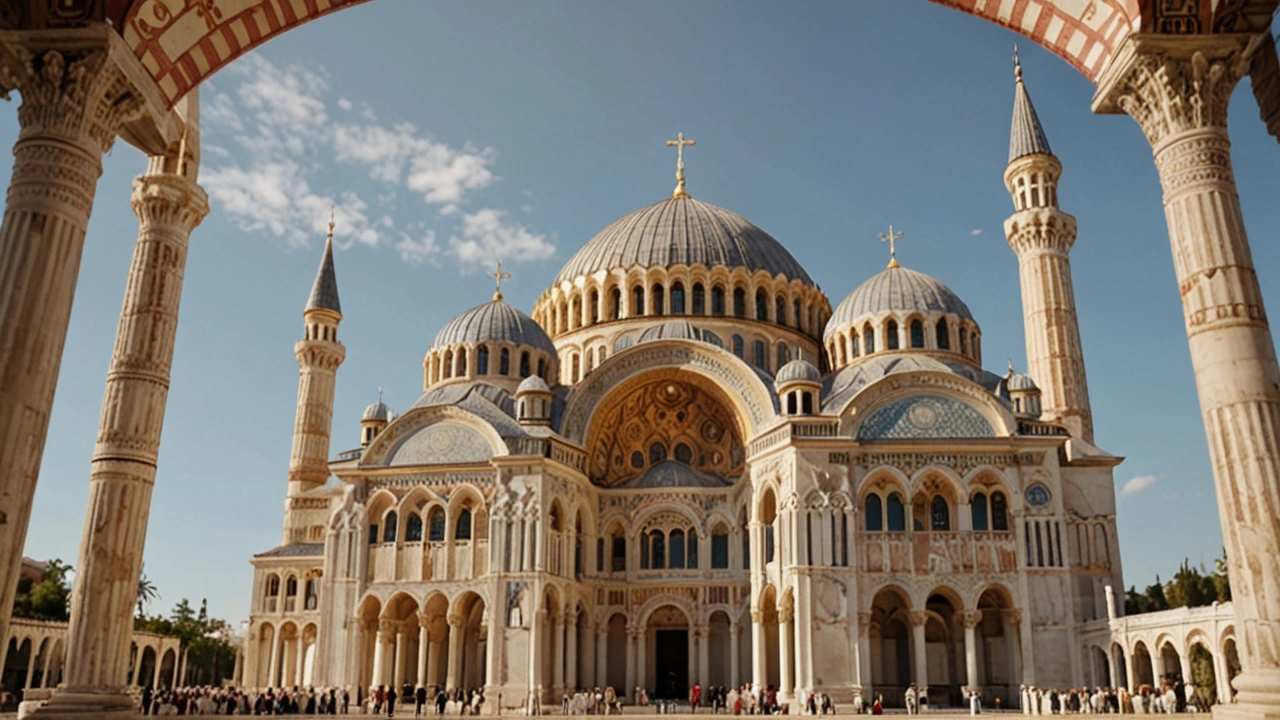Explore the world of Byzantine architecture, a style marked by its intricate designs and immense influence on later architectural developments. Discover its origins, unique characteristics, and timeless appeal. This article breaks down the fascinating aspects of Byzantine architecture, providing useful insights and practical tips for readers interested in historical architectural styles.
Architecture inspiration: find ideas that actually work
You pass inspiration every day — in a shopfront, a courthouse, or an old porch. Architecture inspiration isn't just pretty pictures; it's practical cues you can use. This page helps you spot useful details, mix styles without chaos, and turn what you love into real design choices.
How to spot style elements fast
Want to know what makes a building feel Greek, Baroque, or high-tech? Look for clear markers. Greek Revival often shows columns and simple pediments. Beaux-Arts favors symmetry, carved stone, and grand stairs. High-tech highlights exposed structure, glass, and metal. Postmodern plays with color and unexpected shapes. When you know the key elements, you can borrow one or two instead of copying an entire era.
Use a photo app while walking: take one quick shot, note the three strongest features, and decide whether they fit your project. Don't try to replicate whole styles — pick traits that solve a problem. Need more light? Think large windows from Renaissance or high-tech glazing. Want presence at the street? Use a Beaux-Arts entry or a columned porch from Colonial designs.
Turn inspiration into real choices
Start with function. Ask: what must this place do? Then match one or two inspirational features to that need. Example: for a small office that wants a modern image, choose exposed steel beams and a glass partition (high-tech). For a family home seeking warmth, pick a Craftsman porch and wood trim for cozy scale.
Mixing styles works when you control scale and material. Combine a simple modern box with a classic cornice or a brick facade with a sleek metal canopy. Keep materials limited — three max — so the mix reads intentional, not messy.
Look at details, not labels. A rounded arch from Roman architecture can soften a contemporary lobby. A sash window from Georgian style brings rhythm to a modern facade. Small, confident moves usually read better than full historic replicas.
Preservation and reuse are powerful inspiration sources. Old Roman vaults, Renaissance proportions, or Bauhaus lines offer proven spatial tricks. Reuse masonry or timber when possible; it gives character and often saves money. If you must add new work, make the new clearly contemporary so the old reads authentic.
Need a quick palette? Start with three tones: a neutral base (stone, concrete, white), a warm accent (wood, terracotta), and a dark contrast (black metal, slate). That combo adapts to colonial, Mediterranean, mid-century, or neo-futurist cues easily.
Finally, test before committing. Sketch, mock up a corner in cardboard or in a simple 3D model app, and live with it for a week. If it still feels right, scale it up. Architecture inspiration is most useful when it solves a real problem and survives everyday use.
Want examples from around the world? Check our articles on Colonial, Renaissance, Beaux-Arts, Greek Revival, and neo-futurism for clear pictures and practical tips you can steal for your next project.

